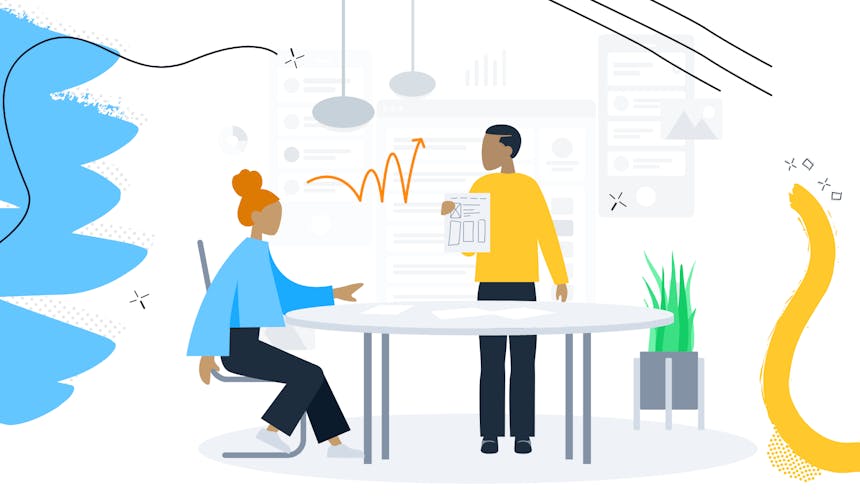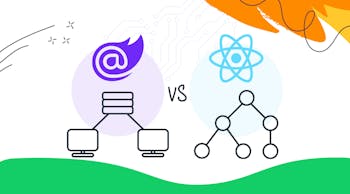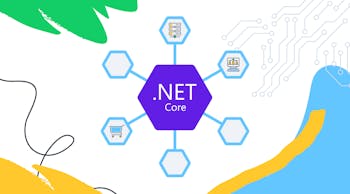You have funding, you have selected your software development partner and you’re ready to begin development on your product. But instead of giving you a quote for development, your software partner gives you a proposal for a technical discovery. What is this and why is it necessary?
Think of the “Discovery Phase” as laying the foundation for your application’s design and development that follows. The main functions of discovery are capturing the vision of the product from you, ensuring that this vision is in line with the needs of end users, and performing an initial technical due diligence to validate that the product in question can be designed using current technology. The Discovery process allows the product development team time to build use case scenarios, identify functional requirements, prioritize and size product features, create timelines and estimates and summarize their findings into a development proposal.









